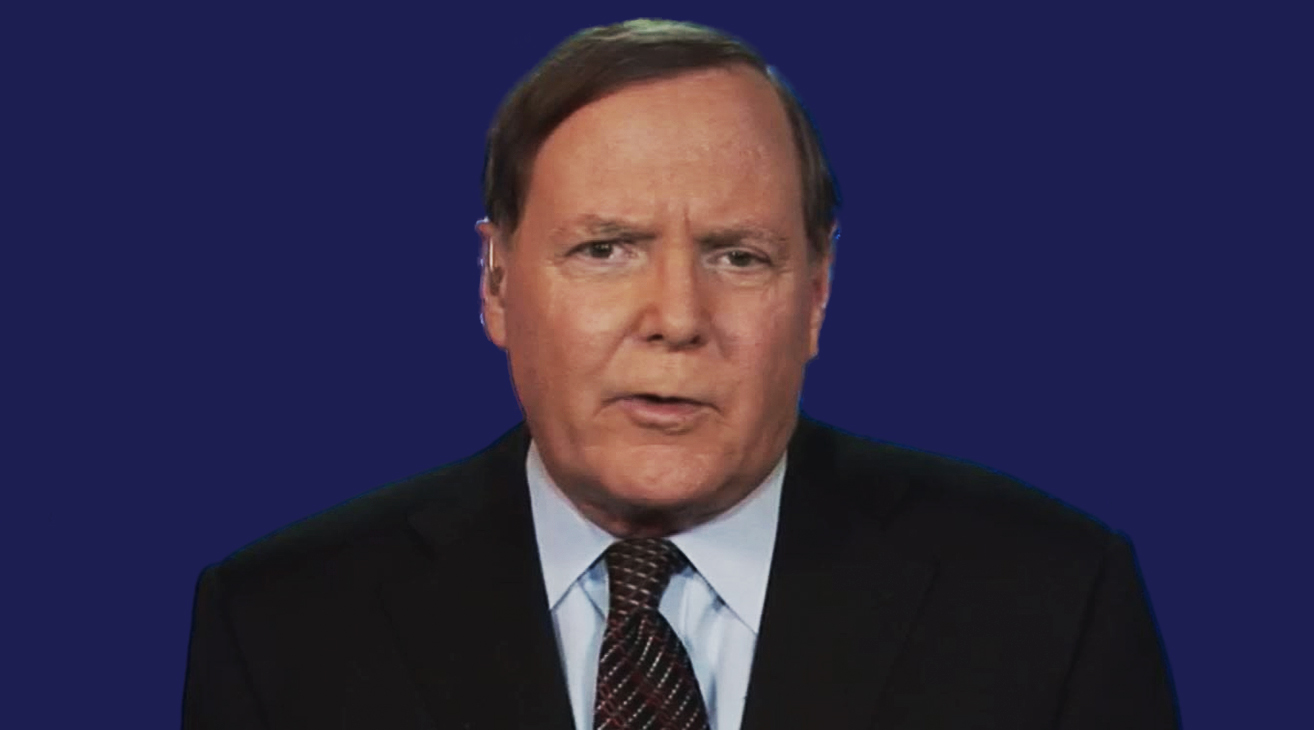by Hubert Marleau, Market Economist, Palos Management
The Commerce Department reported on last Friday that the Gross Domestic Product, a broad measure of goods and services produced across the economy, rose at a 2.1% annual rate in Q2 and the price index for gross domestic purchases increased 2.2%. The U.S. economy grew at a healthy clip as higher consumer spending offset a decline in business investment. The numbers beat expectations by a relatively wide margin – but not enough to change, in my judgement, the immediate attitude of the Fed and the markets.
The economy is back on its decade long track record of 2% for growth and 2% for inflation. Many forecasting firms are projecting that the overall performance for the second half of 2019 will remain in this mini-goldilocks range and probably well into 2020.
What is particularly interesting is that productivity gains continue to replace employment increases as the main driver of growth. For example, year-over-year, productivity increased 1.4% while employment rose 0.9%. This phenomenum has been going on since the end of 2016 and it appears that it will continue to be led by investments in intellectual property. Business spending on software, information processing equipment, research and development totalled more $1.333 trillion in Q2 representing a yearly increase of 7.1%.
Overall, investors should take some comfort in the slower growth rate, given that it will bolster the Fed’s case for a July rate cut. As a matter of fact, the Palos Monetary Policy Index which now stands at 121 has been declining for several months, suggesting that the Fed’s target rate (2.38%) should be nearer the economy’s neutral rate (1.85%).
The market is pricing in a 25 basis point cut. Yet, the composition and the stamina of the growth is pretty good. Consequently, the circumstances could silence skeptics who believe that a recession is down the pike or the expansion is about to stall. The contraction talks are overstated because sensitive economic indicators say otherwise. Indeed, a second cut might not be in the offing.
The only thing that could bring about further rate cuts, after the one expected on Wednesday, would be the diminishing conviction that a strong dollar mantra is needed. The dollar is severely overvalued and any effort to knock it down by the monetary authorities would bullishly jolt the market. I’m of the opinion that the Fed would not like the U.S. Treasury to intervene in the foreign exchange market to weaken the greenback.
If the treasury were to sell dollars, it would increase dollar liquidity. That would lower interest rates. The administration would take away the Fed’s role. Randall Forsyth, a writer of the Barron’s said it well – two sides of the same coin. In other words, he argued that “for currency intervention to work, it has to be done in conjunction with the Fed’s monetary operations.”
Albert Edwards, SocGen’s global strategist, could not have said it better – “one key lesson I learned following Japan’s inexorable slide into the deflation quicksand was that having a persistently strong yen accelerated the process.” I believe the Fed is fully aware that devaluation should be the next step, if the economy does not work out well.
Thus, the Fed would rather deal with the dollar than let an irascible commander-in-chief unilaterally deal with it. History is clear that the Fed does not like to lose or give away power. A good reason why gold is doing so well – gold loves the prospects of reflation stemming from lower interest rates and a lower dollar at the same time.
Moreover, there are no fragilities or imbalances that could suddenly turn the economy sour. Inventory accumulation has slowed, cyclical expenditures are not out of proportion with the GDP at 26% and the personal saving rate is healthy at 8.1%. Viewed differently, personal savings ($1132 billion) are considerably larger than the amount of money going into residential construction ($787 billion).
Despite this, the trade tensions showed clear signs of impact on business decisions, delaying capital expenditure plans, which are taking a toll on industrial production in addition to hurting exports and bruising orders for durable goods. The manufacturing sector is not the U.S. economy. The consumer is 72% of the economy versus 9ish for the manufacturer.
As long as personal disposable income keeps on rising and personal savings are not totally committed to residential construction and the Fed’s policy pivot endures, there is an excellent chance that consumers will charge full speed ahead until things settle down on the trade front.
It’s hard to bet against the economy when the consumer sector is in good shape and back in the groove. So far, 75% of companies that reported earnings have beaten profit estimates and 60% beat revenue expectations.
It remains that in order to get back the pace of the economy to 3% which Trump promised, he needs to drop his tariff threat against the euro zone, stop talks of pulling out of Nafta and cut a deal with China.
Copyright © Palos Management















